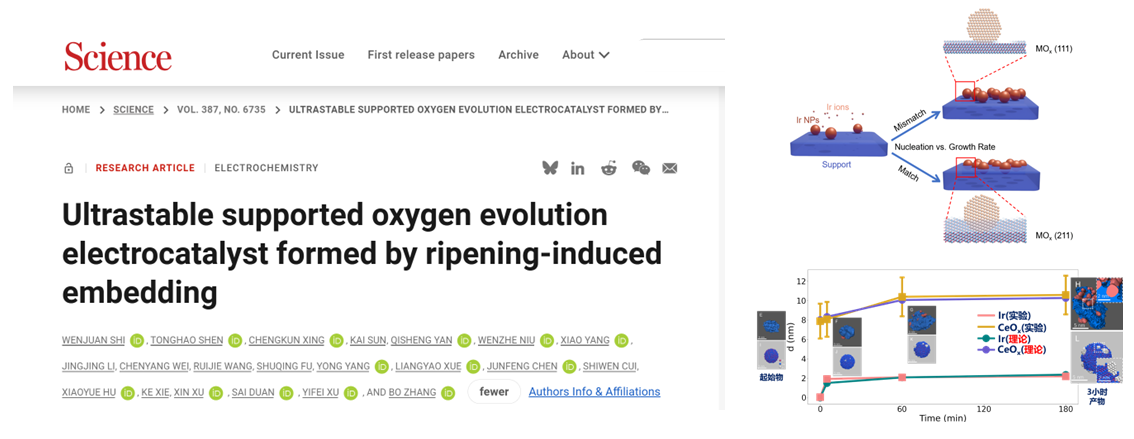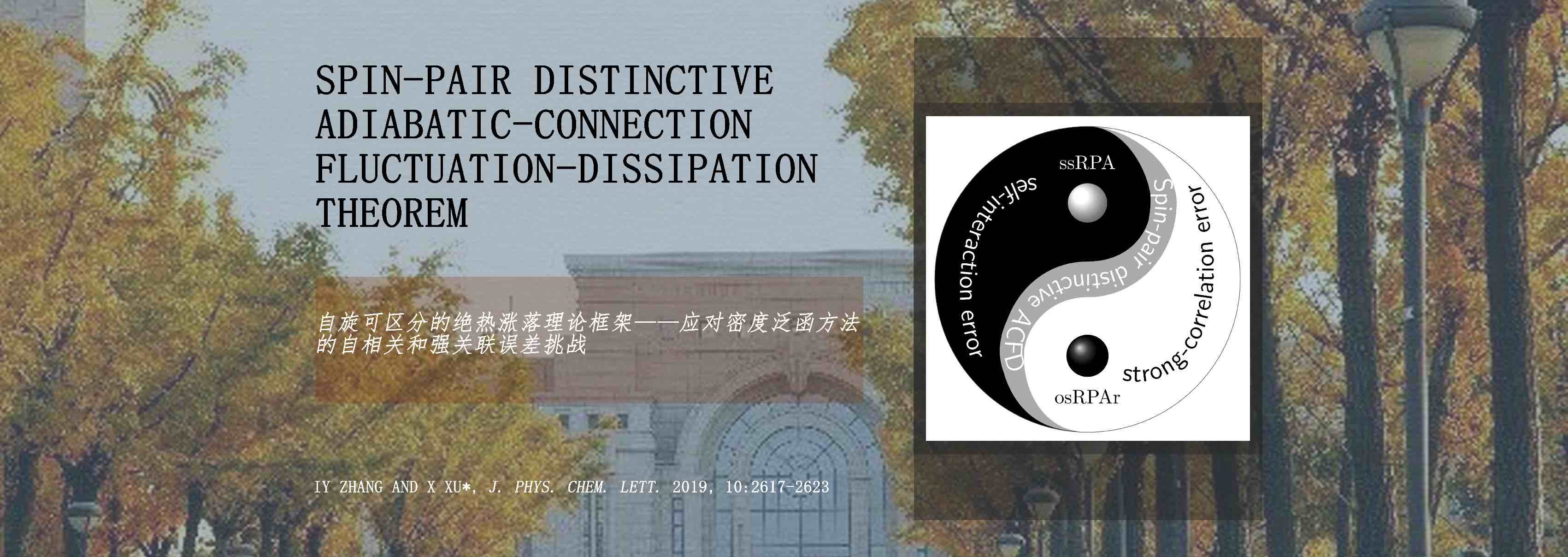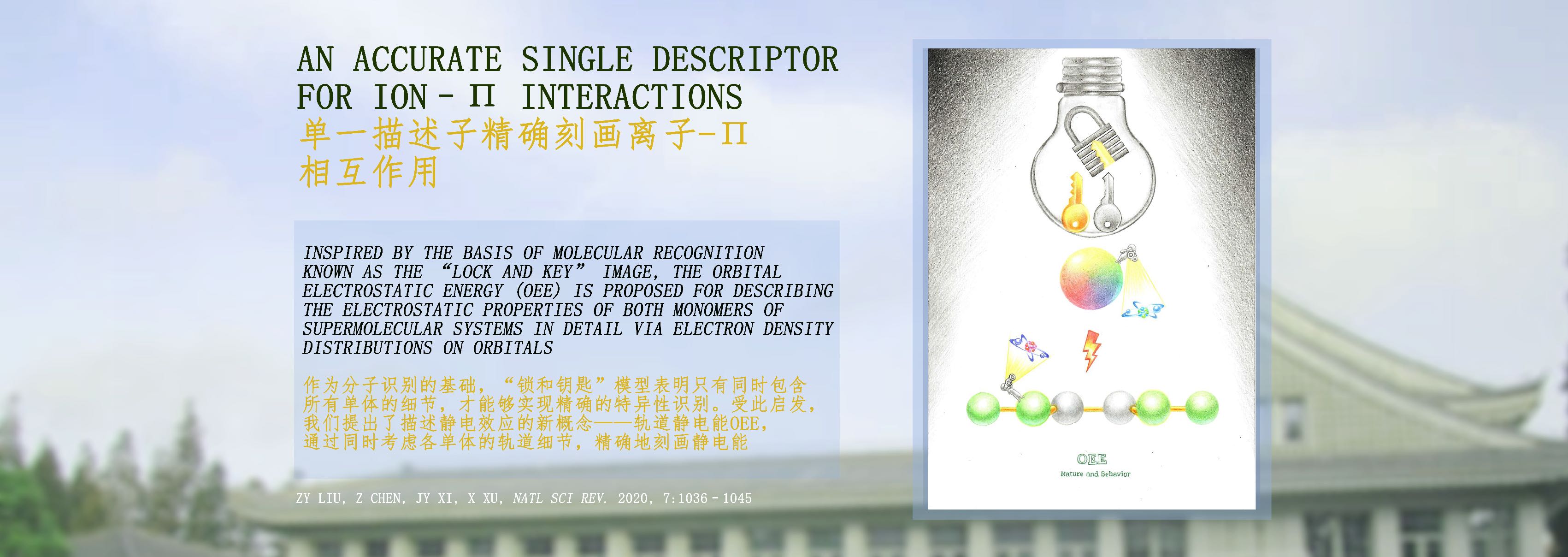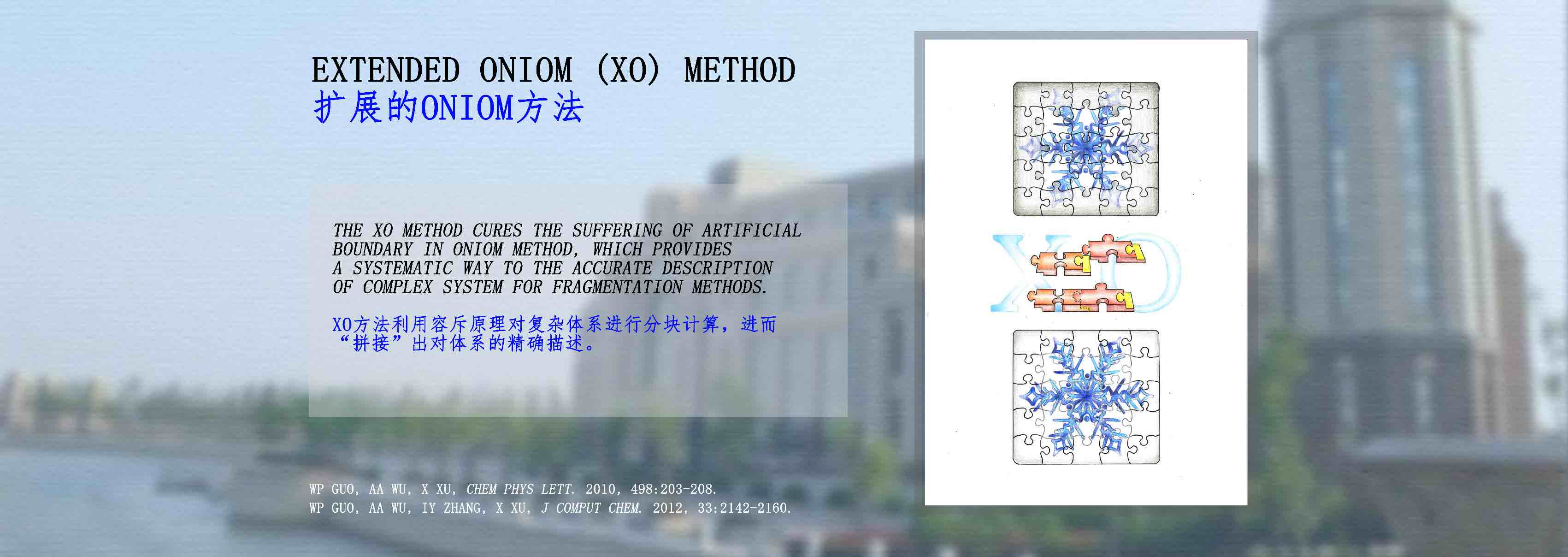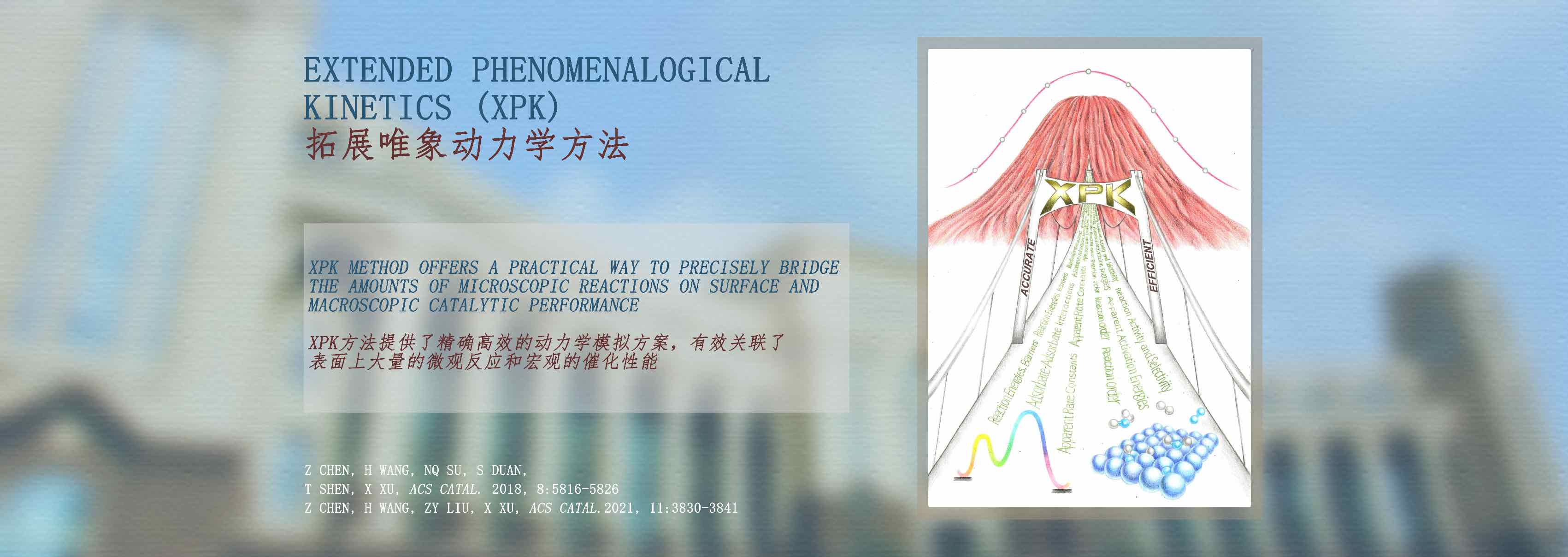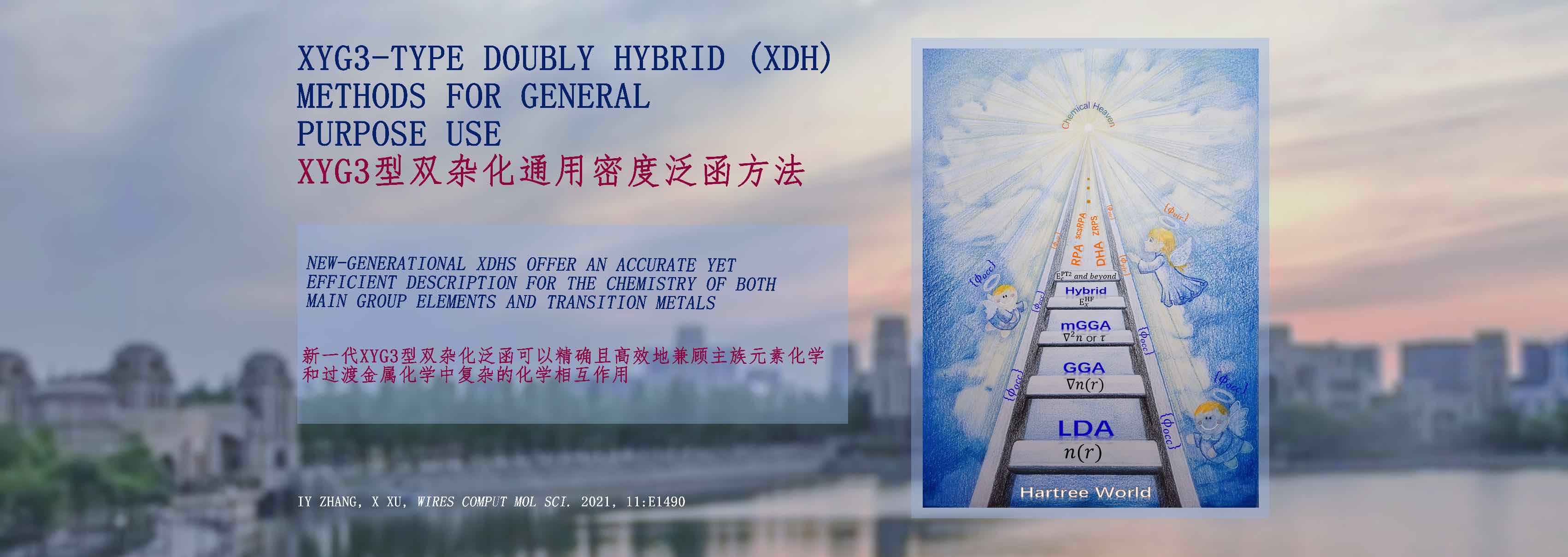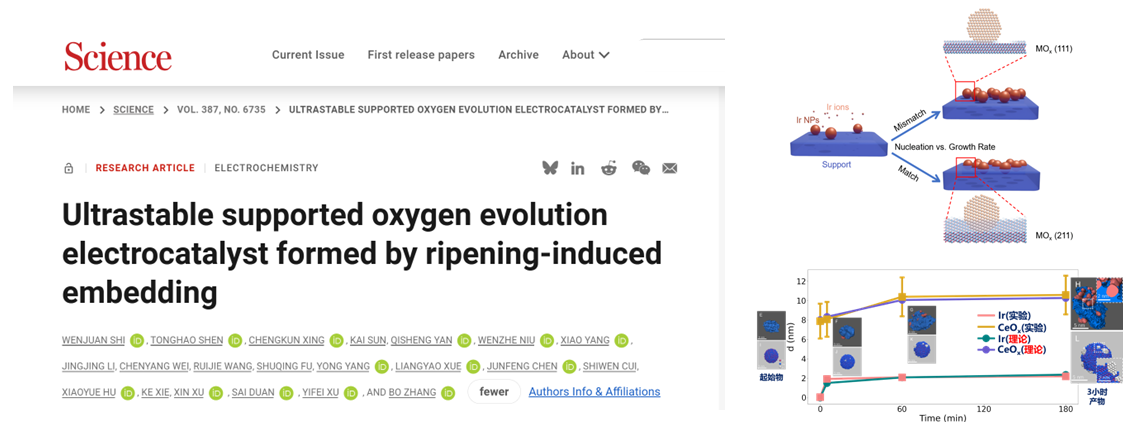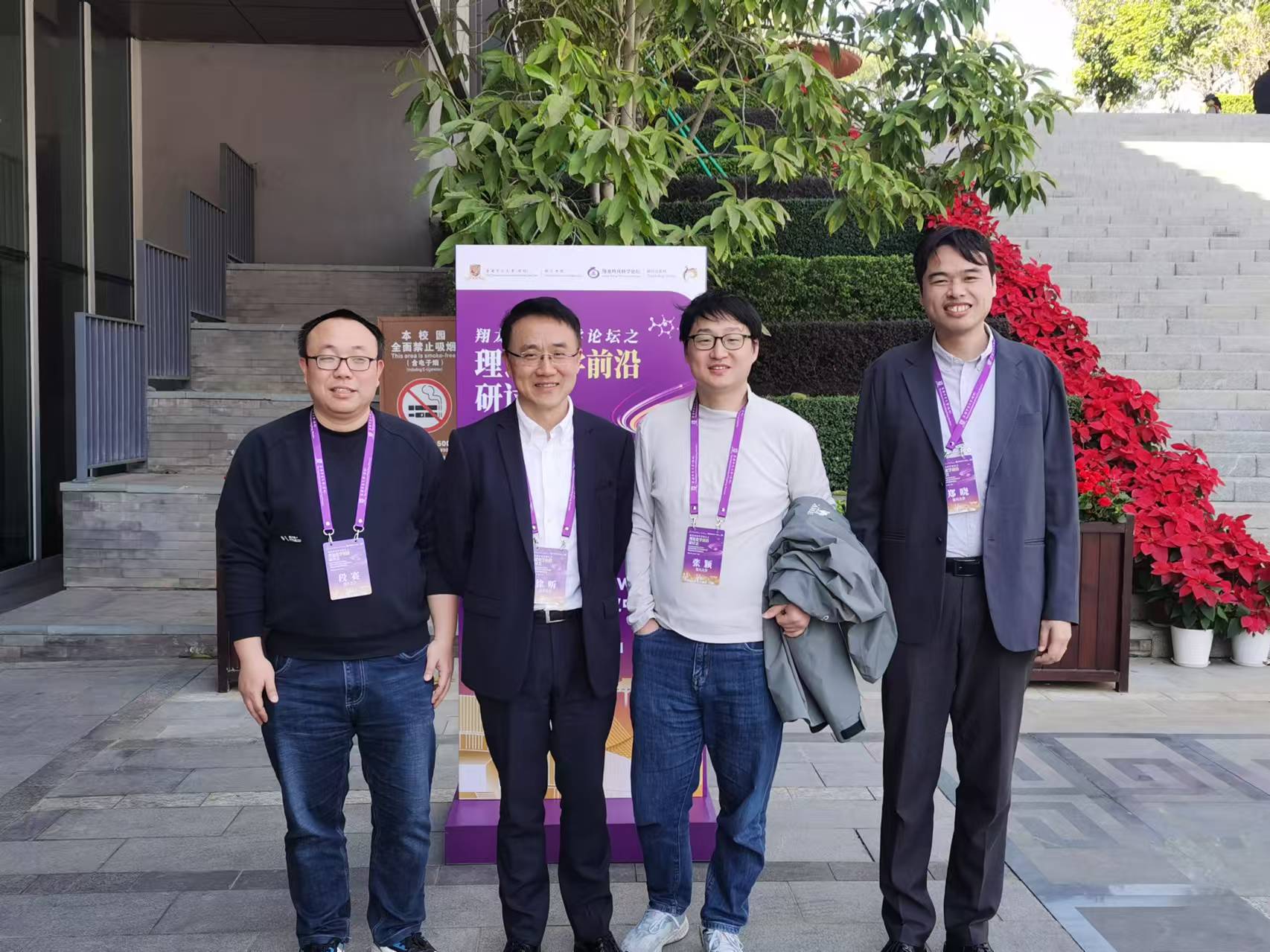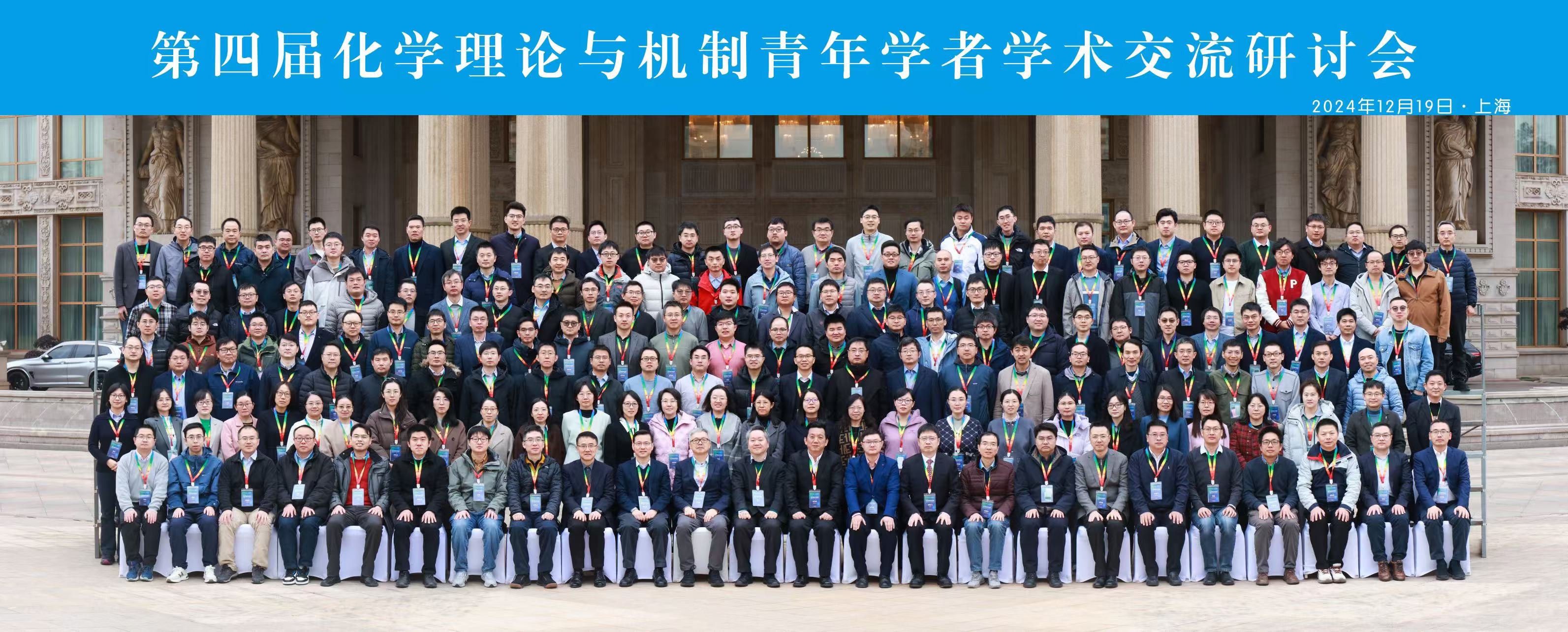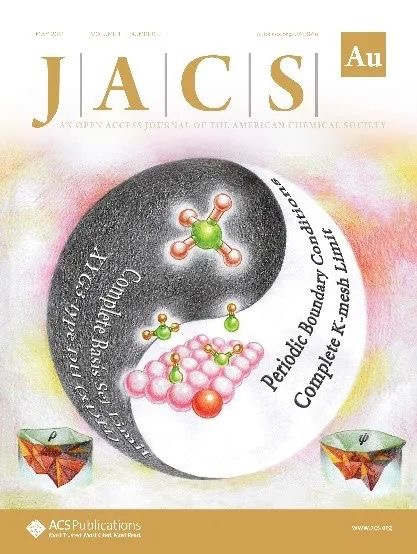Breakthrough in Water Electrolysis Featured in 'Science'
At 3:00 Beijing time on February 14, the research results of the collaborative team of Bo Zhang, Yifei Xu, Sai Duan and Xin Xu from Fudan University were published in the main issue of Science under the title of 'Ultrastable supported oxygen evolution electrocatalyst formed by ripening induced embedding' was published in the main issue of Science. Wenjuan Shi, a full-time associate researcher at the Department of …

